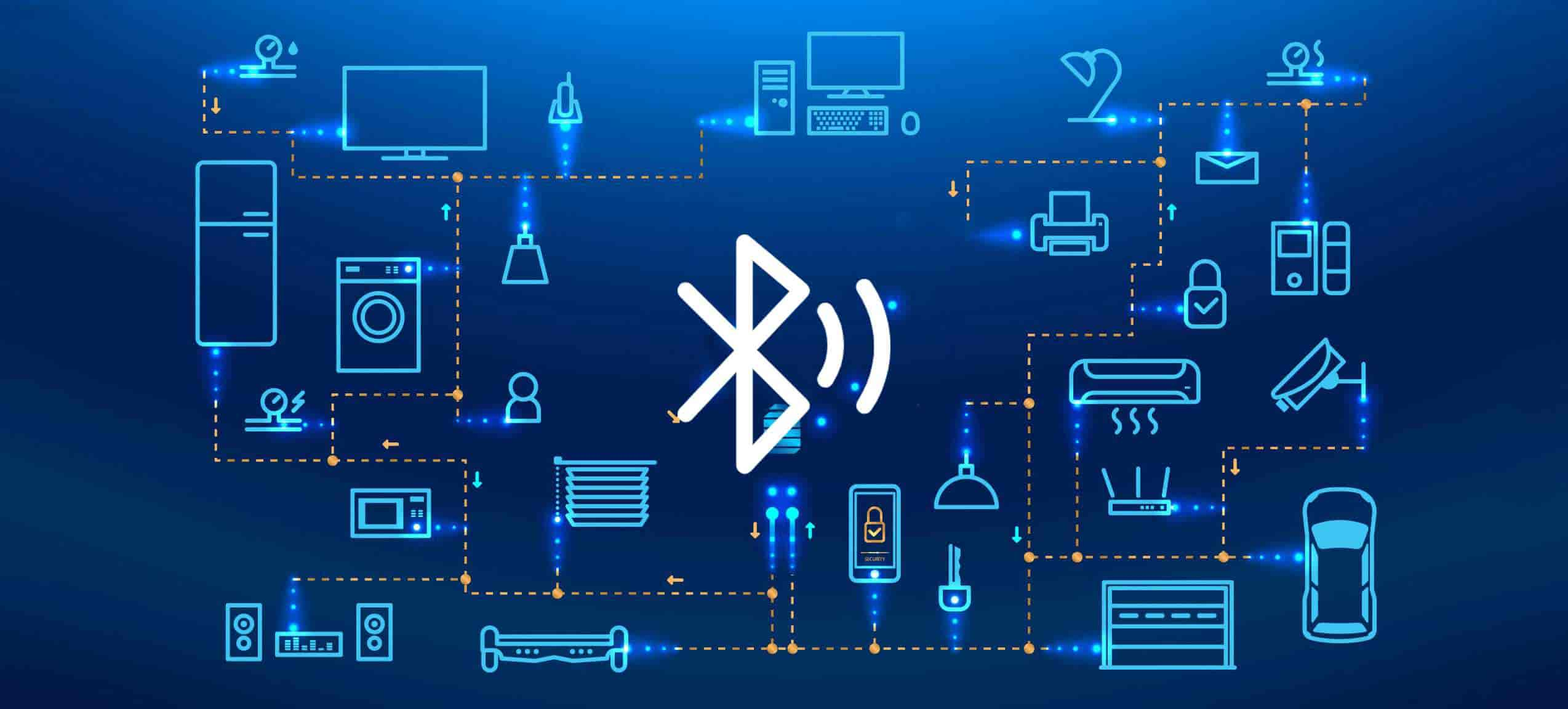The design of IOT low-power equipment is roughly divided into three aspects: Components Selection, Circuit Design, Software Design and Endurance life estimation——
Device selection
Typical devices include: MCU, power chip, communication module, etc.
Single chip microcomputer——

Select MCU with multiple low-power working modes, such as national technology n32g4fr Series MCU, which supports five low-power modes (sleep, stop0, stop2, standby, Vbat). Turn on the stop mode with RTC wake-up to make the power consumption as low as possible;
Support a wide range of power supply, such as 1.8-3.3v. Under the mode of no high current power supply, using 1.8V power supply can make MCU in a state of lower power consumption;
The unused IO is configured as analog input, and the leakage current is the lowest in analog input mode;
For the ultra-low power design of MCU, refer to the text “design idea of ultra-low power of STM32 chip”
Power chip——Select a more efficient power supply IC. The efficiency of switching power supply DC-DC is higher than that of LDO. Especially in the case of high voltage difference and large current, DC-DC has higher energy efficiency. For the IC with constant power supply, pay attention to the static current value, and for the IC with EN pin, pay attention to the shutdown current value;
The cost of LDO is lower than that of DC-DC, and LDO with low power consumption characteristics can also be considered under the condition of low voltage difference and low current. For example, sgm2034 of Shengbang micro has a static leakage current of 1uA;
For the comparison of efficiency advantages between LDO and DC-DC, please refer to the text “Introduction and understanding of LDO and DC-DC”Communication module——
The MCU part of the communication module can refer to the low-power design of the single chip microcomputer, which is consistent in essence;
For the 2.2.4g communication module, ZigBee has greater advantages in low power consumption. Ble Bluetooth mesh has also begun to approach ZigBee in the past two years, while WiFi is relatively large. Under the same conditions, the transmission current of ZigBee can be within 50mA, while the transmission current of WiFi is generally greater than 300mA. Coupled with the difference of heartbeat packet connection time, WiFi with fast connection characteristics may take 10ms, while ZigBee may only need 3-5ms.Power consumption of communication module OTA > network search power consumption > static power consumption. In addition, the normal and abnormal gateway signals will also lead to different power consumption of the communication module during network search.


